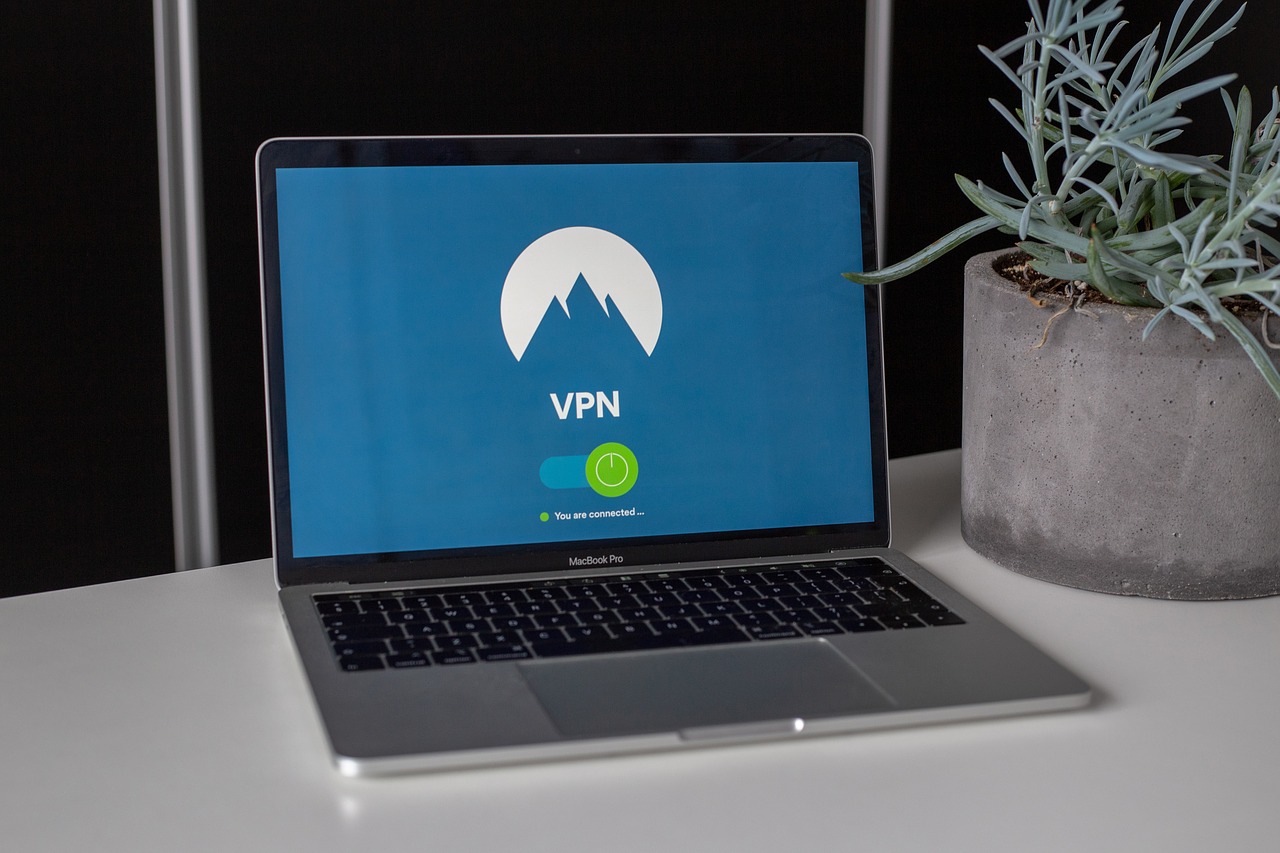
There is something mythical about the number five million dollars. Medscape’s annual net worth survey for physicians uses that barrier as one of the leading wealth accumulation goalposts for their survey and has been doing so for years. The media has created a monicker that they love to use as well called pentamillionaire. And, it is a number that makes sense for those of you that eventually want to retire in today’s dollars.
Imagine. You can reasonably safely withdraw 4 percent of five million dollars per year and have an income of about two hundred thousand dollars while still allowing for capital appreciation. It may not be a king’s ransom in some parts of the country. (California, New York) But, it is undoubtedly a decent nest egg that can allow most folks the ability to live out their years comfortably. This five million dollar number most likely seems very large to those of you in residency that live frugally off of much smaller dollar amounts. But, believe it or not, it will all seem like a lot less when you live like an attending.
Additionally, inflation will most likely eat into the principal of this dollar amount so that we will account for inflation on that five million dollars in today’s dollars. We will assume an inflation rate of 3 percent to be conservative.
Is It Even Possible To Achieve Five Million Dollars With High Debt Loads On One Radiologist Income?
So, I ask: Is it even possible to save this much with all the student debt you have accumulated and salaries that may not keep up with inflation? Let’s do the calculations for two sorts of residents: Those of you who decide to live in high cost of living areas with significant student debt; those who choose to live in low cost of living areas with considerable student debt. You can skip to the bottom if you want to see the final results. Or, you can peruse all the nitty-gritty details if you are so inclined.
Assumptions For Accumulating Five Million Dollars
We will assume in all cases that you have higher than average debt (400,000 dollars) when you finish residency, that you have a family of four, with a spouse that is taking care of the kids and is not working. We will assume that you want to buy a decent size four-bedroom house in a nice area. Let’s also start with the assumption that you will male the mean income for a radiologist based on the 2021 Medscape compensation survey (413,000). Of course, you can make more or less depending on the practice. But, for simplicity’s sake, we will use this number.
Then we will assume that on average inflation rate is around 3 percent, with a worst-case scenario of radiology salaries that are relatively stagnant due to declining reimbursements. And, we will assume an interest rate on student loans of 4 percent. Finally, we will take that you will put aside a nice chunk of change for each of your kids to go to college (250,000 dollars). Of course, I want to make these circumstances as if you live like an attending instead of a resident. And, then we will go through how long it may take you to accumulate this amount of wealth given your circumstances as a radiologist.
High cost of living areas with significant student debt
Additional numbers for this assumption:
- House will cost 1,000,000 dollars with a down payment of 200,000 dollars, saved over your first 5 years of working. (40,000 dollars saved per year)
- Student debt will be paid off over 10 years (4049 dollars per month*12 months)= 48,588 per year
- Practice puts away 30,000 dollars including match into your 401k starting 1st year
- Investment rate of return 8%
- Federal Income Taxes after deduction will be 76182 dollars per year based on a calculator
- State Income Taxes will be around 6 percent or (413,000*0.06)=24,780 dollars
- You have twins beginning at the of your attending work and are putting away 556 dollars per month per kid to get to 250,000 dollars at age 18. (13,344 dollars per year)
- Rental of a 3 bedroom house for 5 years at 4000 dollars per month
First 5 years
Total Salary 413000
Expenses
401k: 30,000 (383000 left)
Taxes : 76182 (Federal) + 20290 (State) (286528 left)
Loan payments and house savings and children 529 plan: 48,588 (student loans) + 40,000 (house down payment) + 13,344 (529 plan) (184596 left)
Rental/heating/electricity 48,000 (136596 left)
Subtracting food for family 10000 (126596 left)
Transportation expenses 2 cars/insurance 10000 (116596 left)
Vacations 10,000 dollars (106596 left)
Computers/Cellphones/Electronics/Cable Bill 3600 (102996 left)
Preschool/Day Care Expenses for two kids 24,000 (78996 left)
Clothes 5ooo dollars (73996 left)
Life and Disability Insurance 9600 (64396 left)
Dues and License and CME 5000 (59396 left)
Miscellaneous Entertainment 10,000 (49396 or around 50000)
Saved
Remaining available to save around 50000 per year (not including 401k)
30,000 dollars in 401k
Assuming 8% rate of return on 80,000 over 5 years- 469000 dollars in savings
Next 5 years (Own house)
Expenses
401k: 30,000 (383000 left)
Taxes : 76182 (Federal) + 20290 (State) (286528 left)
Loan payments and house savings and children 529 plan: 48,588 (student loans) + 40,000 (house down payment) + 13,344 (529 plan) (184596 left)
Salary after mortgage payments and taxes (800,000 mortgage -30 year fixed at 3.5 percent 3592*12 (141492 left)
Salary after property taxes and insurance 14,400 (127092 left)
Home maintenance= 10000 (117092 left)
Subtracting food for family 10000 (107092 left)
Transportation expenses 2 cars/insurance 10000 (97092 left)
Vacations 10,000 dollars (87092 left)
Computers/Cellphones/Electronics/Cable Bill 3600 (83492 left)
Education and Expenses for two kids 12,000 x2 (59492 left)
Clothes 5000 dollars (54492 left)
Life and Disability Insurance 9600 dollars 44892
Dues and License and CME (5000 dollars per year)= 39892
Miscellaneous Entertainment (10000 dollars per year)=29892 dollars
Saved
Remaining available to save around 29892 per year (not including 401k)
30,000 dollars in 401k
Assuming 8% rate of return on 59892 over 5 years +469000 in savings= 1040000 dollars
Next 8 years (Student Loans Paid Off)
Savings After Expenses
Savings now 29892+48588 +30000 (401k)=108480 per year
Assuming 8% rate of return on 108480 over 8 years +1040000 in savings= 3080000 dollars
Next 5 Years (No More 529 plans)
Savings now 113480+13344= 121824 per year
Assuming 8% rate of return on 121824 over 5 years +3080000 in savings= 5240000 dollars or 2655000 in today’s dollars with 3 percent inflation
Next 10 years (No More Kid Expenses)
Saving now: 121824+24000= 145824 dollars per year
Assuming 8% rate of return on 145824 over 10 years +5428000 in savings= 13240000 dollars or approximately 5 million in today’s dollars with 3 percent inflation
Low cost of living areas with significant student debt
Additional numbers for this assumption:
- House will cost 500,000 dollars with a down payment of 100,000 dollars, saved over your first 5 years of working. (20,000 dollars saved per year)
- Student debt will be paid off over 10 years (4049 dollars per month*12 months)= 48,588 per year
- Practice puts away 30,000 dollars including match into your 401k starting 1st year
- Investment rate of return 8%
- Federal Income Taxes after deduction will be 76182 dollars per year based on a calculator
- State Income Taxes are 0 dollars
- You have twins beginning at the of your attending work and are putting away 556 dollars per month per kid to get to 250,000 dollars at age 18. (13,344 dollars per year)
- Rental of a 3 bedroom house for 5 years at 2500 dollars per month
First 5 years
Total Salary 413000
Expenses
401k: 30,000 (383000 left)
Taxes : 76182 (Federal) + 0 (State) (306818 left)
Loan payments and house savings and children 529 plan: 48,588 (student loans) + 20,000 (house down payment) + 13,344 (529 plan) (224886 left)
Rental/heating/electricity 30000 (194886 left)
Subtracting food for family 10000 (184886 left)
Transportation expenses 2 cars/insurance 10000 (174886 left)
Vacations 10,000 dollars (164886 left)
Computers/Cellphones/Electronics/Cable Bill 3600 (161286 left)
Preschool/Day Care Expenses for two kids 24,000 (137286 left)
Clothes 5ooo dollars (132286 left)
Life and Disability Insurance 9600 (122686 left)
Dues and License and CME 5000 (117686 left)
Miscellaneous Entertainment 10,000 (107686 left)
Saved
Remaining available to save around 107686 per year (not including 401k)
30,000 dollars in 401k
Assuming 8% rate of return on 137686 over 5 years- 807690 dollars in savings
Next 5 years (Own house)
Expenses
401k: 30,000 (383000 left)
Taxes : 76182 (Federal) + 0 (State) (306818 left)
Loan payments and house savings and children 529 plan: 48,588 (student loans) + 13,344 (529 plan) (244886 left)
Salary after mortgage payments and taxes (400,000 mortgage -30 year fixed at 3.5 percent 1796*12 (223334 left)
Salary after property taxes and insurance 12000 (211334 left)
Home maintenance= 5000 (206334 left)
Subtracting food for family 10000 (196334 left)
Transportation expenses 2 cars/insurance 10000 (186334 left)
Vacations 10,000 dollars (176334 left)
Computers/Cellphones/Electronics/Cable Bill 3600 (172734 left)
Education and Expenses for two kids 12,000 x2 (148734 left)
Clothes 5000 dollars (143734 left)
Life and Disability Insurance 9600 dollars (134134 left)
Dues and License and CME 5000 dollars (129134 left)
Miscellaneous Entertainment 10000 (119134 left)
Saved
Remaining available to save around 119134 per year (not including 401k)
30,000 dollars in 401k
Assuming 8% rate of return on 149134 over 5 years +807690 in savings= 2061000 dollars
Next 8 years (Student Loans Paid Off)
Savings After Expenses
Savings now 119134+48588 +30000 (401k)=197722 dollars per year
Assuming 8% rate of return on 197722 over 8 years +2061000 in savings= 5918000 dollars or 3476201 in today’s dollars
Next 5 Years (No More 529 plans)
Savings now 197722+13344= 211066 per year
Assuming 8% rate of return on 211066 over 5 years +5918000 in savings= 9934000 dollars or 5033000 in today’s dollars with 3 percent inflation
Next 10 years (No More Kid Expenses)- if you were to go past 5,000,000 dollars
Saving now: 211066 +24000= 235066 dollars per year
Assuming 8% rate of return on 235066 over 10 years +9934000 in savings= 24854000 dollars or approximately 9.4 million in today’s dollars with 3 percent inflation
Can You Accumulate Five Million Dollars In A High or Low-Cost Area?
The results are stark. Yes, you can accumulate 5 million dollars in a high cost of living area in today’s dollars with high student loan debt if you are willing to wait 33 years based on these numbers. On the other hand, if you decide to live in a low cost of living area, you can expect to accumulate 5 million dollars 10 years earlier. Now, money may not be everything. But, if you decide you want to change your lifestyle earlier than you expect, there will be many more doors accessible to you in your career if you choose to live in a lower-cost area. And, if you wanted to work a whole 33-year career, you would accumulate a large nest egg for your heirs. Something to think about!

















